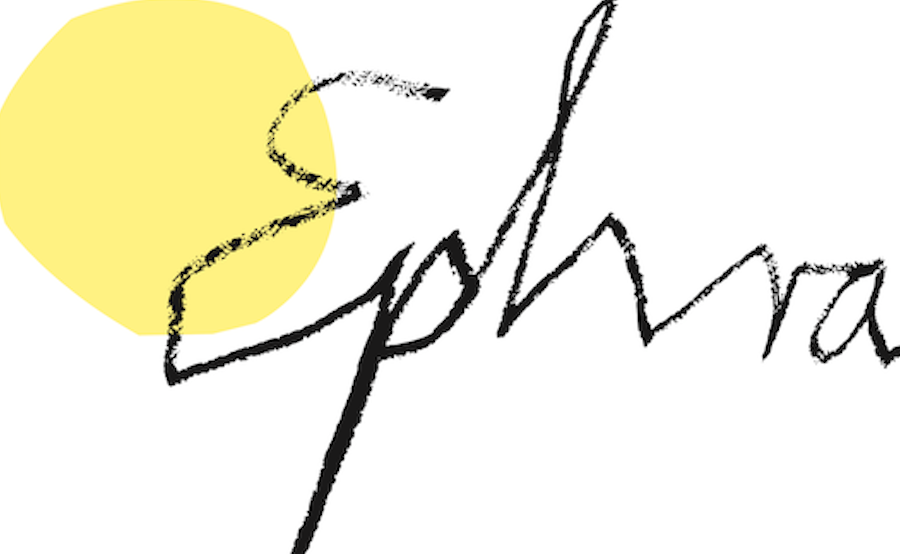How Malte Zenses understands the world through art
Today we are in the north of Berlin, in an industrial area. What are we looking for here? The studio of Malte Zenses! Even if you wouldn’t expect it from this house, in the midst of the busy operations of a carpenter’s workshop – this is also where the artist has his workplace on the 1st floor.
Malte shares the bright rooms with artist friends. If you let your gaze wander through the two large studio rooms, you immediately recognize that very different people are working here, because every corner of the room looks different: tidy, somewhat chaotic, with pictures on the wall or (construction) material in the room.
Malte definitely has the cleanest and tidiest workplace. Here, all the paints are together, most of the canvases are on the shelf, and even the brushes are neatly lined up next to each other. But wait – why is there a bottle of nail polish?
Malte tells us that he uses it to paint smaller details in his pictures from time to time. He loves varnish because the paint is like liquid plastic when you apply it thickly. He shows us this on a classmate’s thumbnail, where a small raised red dot appears. (Malte also likes to paint his own nails with nail polish).
Before we pester him with more questions about the utensils, we take another quiet look around Malte’s area to understand what exactly he’s doing: we see four canvases on the wall, some stretched out, some not yet, with curved lines, blobs of color, some writing. But we can’t really say what all this represents!
On one of the paintings, under a blue square (which we recognize later and from further away as a section of a man’s face) is written “There was no light, brother. Just the fire.” And this, too, puzzles us. “I understand what it says, but not what it means,” one of us admits meekly.
Malte smiles and points over to the area of his studio colleague. With him, you can always tell exactly what he wants to paint: a fish, a person, a landscape. Even though Malte could also paint figuratively – that is, realistically – he finds that rather boring. He much prefers to paint things that he himself does not understand. Things that do not depict anything concrete or do not make sense. Just abstract.
We want to know from Malte where his ideas come from. The artist answers that many things in the world annoy him, make him angry and sad (politics, the Nazis, racism, war ...). From these strong feelings he draws his creativity and processes them. But also films, music (videos), pictures, quotes and much more inspire him. Often he paints in series – that is several pictures that belong together. (We see a four-part one on the wall, for example.) Like on TV or Netflix, the series tells a story divided into small portions. And even though the series has a cohesive idea, each image can depict its own story or look very different from the others, so all the parts complement each other.
With this explanation in mind, we look again at the “There was no light, brother” paintings and feel like we already understand them a little better, even if everyone sees something different in them. But that’s actually the great thing about it!
Then we talk about many other things: Malte’s role models (his mom, friends, punk art people from the 80s), hobbies (making music, he can play a lot of instruments), tattoos (Malte is very tattooed and has practiced a lot on himself, but the older he gets, the more it hurts; in the studio he and his colleague David have even set up an in-house tattoo studio! ), school (he was kicked out of school and didn't graduate from high school, but was then able to study art via detours), networks (how important they are, in private and professional contexts) and how to deal with the fact that the world is just so broken. Malte thinks that demonstrating is always a good way to show what is important to us, what moves us or goes against the grain.
That’s why we paint and write together how the world could be better. Our demo signs look very different, but together they form a colorful and strong unit made up of a wide variety of demands and wishes. At the end of the visit, we walk together with our signs (and many new impressions) in a crowd back through the industrial site – just like at a real demo!














